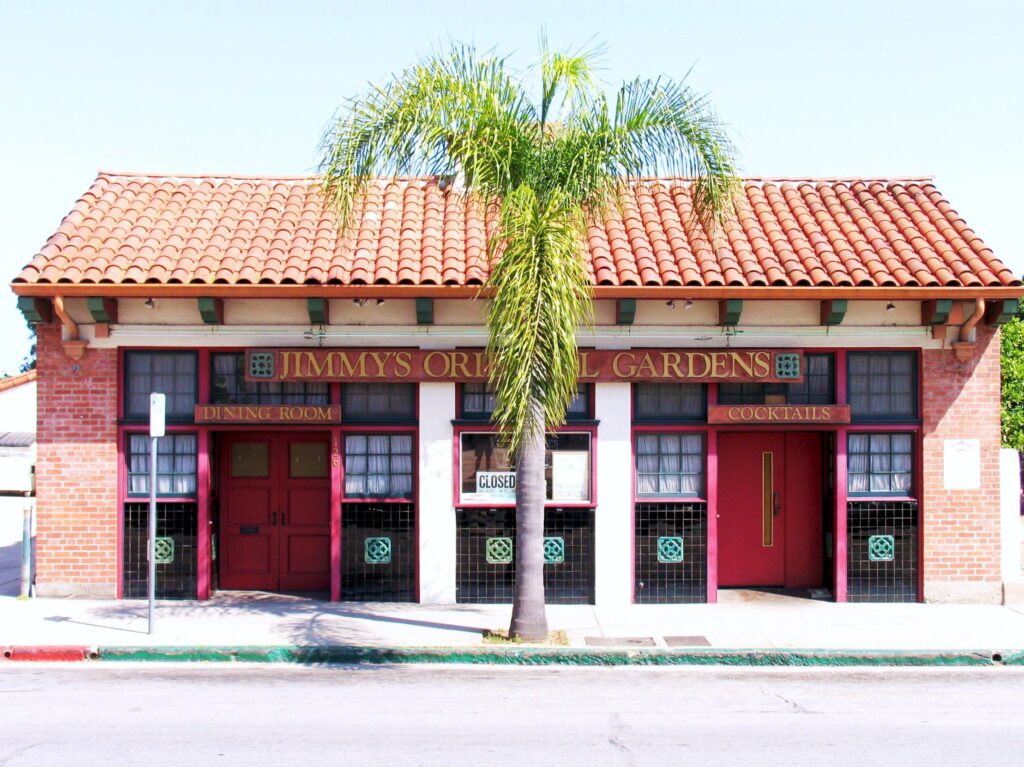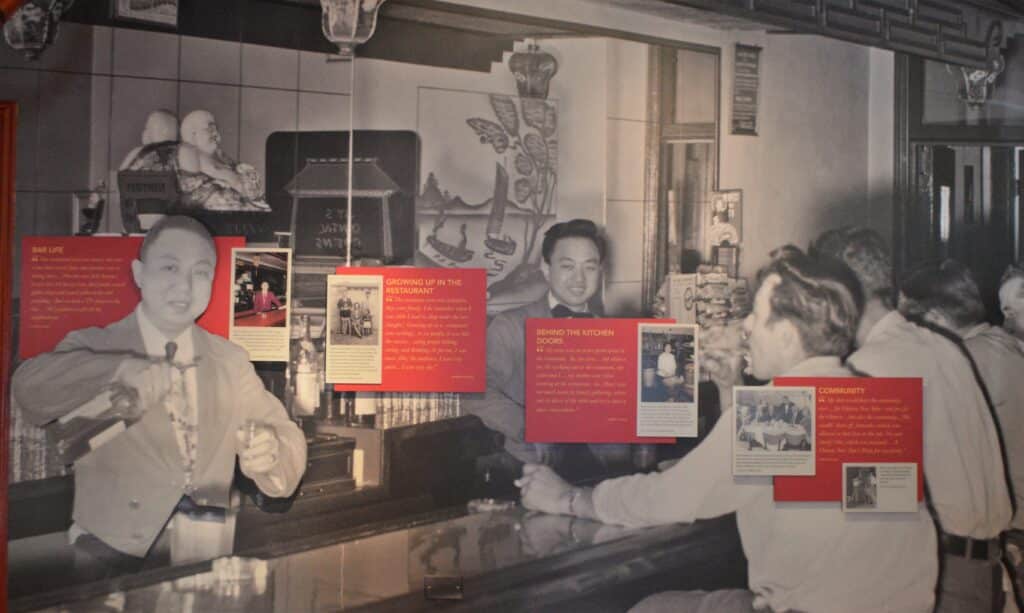BY KARA SHOEMAKER | March 8, 2021
After the events of 2020, building out an effective Diversity, Equity, and Inclusion (DEI) plan became a key priority for many nonprofit organizations in the United States. The pandemic, coupled with the Black Lives Matter movement, has shone a spotlight on inequities that have long existed within our communities, and has prompted organizations to look inward and examine their policies and work culture, to ask questions like “Are we truly serving all members of our community? Do our staff and board reflect the communities we serve? Are we being inclusive? How can we do better?”
For the Santa Barbara Trust for Historic Preservation (SBTHP), this important work began four years ago and is at the heart of SBTHP’s new organizational strategy.
“Our DEI plan is an objective in our strategic plan, which began in 2019. But we worked on that for two years before it launched, so you can say that this work really started back in 2017,” shared Dr. Anne Petersen, Executive Director at SBTHP.
Setting Values and Intentions

Petersen became Executive Director in 2016, after working with SBTHP for 17 years, and one of her first actions was to lead the effort to create a strategic plan for the organization. Out of this work came a new mission statement, and six new value statements. Petersen explained that these value statements created a common culture for the organization and clarified what SBTHP is trying to accomplish in the community.
These statements, prominently displayed on SBTHP’s website, include the organization’s commitment to promoting “the diversity of cultures that comprise(d) the Presidio Neighborhood” and that SBTHP “values and celebrates cooperation, partnership, equity, inclusivity, and diversity.”
But these value statements didn’t just appear out of thin air. They came out of focus groups from the community, comprised of 75 voices that included, among others, board, staff, and partners like teachers, nonprofit organizations, volunteers, tenants, and media.
“We asked them, ‘What do you think we do well now and what do you think we could be doing that we are not currently doing?’ They very strongly said that they want to see us share the layered history of the Presidio Neighborhood,” said Petersen.
Founded in 1963, SBTHP was the primary force in the reconstruction and preservation of El Presidio de Santa Bárbara State Historic Park (SHP) — and for many decades its programs focused almost exclusively on the Spanish colonial period of Santa Barbara history, with little focus on the diverse histories of indigenous, Mexican, Chinese and Japanese peoples who have also called the Presidio neighborhood home. But this has been changing in the last several years.

After the launch of the new strategic plan and value statements in 2019, SBTHP shifted focus to forging their DEI plan. For Petersen, creating a solid DEI plan and sharing it publicly was important because it lays out a plan for action – not just a policy statement – and demands accountability of the organization. But before they could jump in, they needed to create a common language on how to talk about the work, and create a shared approach for accomplishing DEI initiatives. SBTHP applied for and received a Small Capacity Building Grant from the Santa Barbara Foundation to fund a series of DEI trainings for staff and trustees. The final training wrapped up just days before the pandemic hit Santa Barbara in March 2020.
“We got in under the wire to finish the scope for our in-person training. And it really did help. We took a break for a few months when the pandemic hit,” recalled Petersen, “It seemed too uncertain to draft a plan at that time, but then after the murder of George Floyd we decided, it’s go time, we need to carry this through!’ Not only is this the right thing to do but we already had this intention.”
DEI in Action
“There is something about being a historical organization that make these issues really pertinent right now. This is a site of Spanish colonization. There are multiple perspectives on that story, and I don’t think that it has been addressed with enough complexity at early California sites. There is an opportunity there for us to try to model what that could be,” Petersen said.

Included in the DEI plan is an objective to ensure that programs and exhibits reflect the multiplicity of community voices from diverse backgrounds that were integral to their formation. One early example of this work completed by SBTHP at El Presidio SHP is the Nihonmachi Revisited exhibit (2009) which explores the Japanese community that occupied the Presidio site in the early 20th century before being incarcerated during World War II. The exhibit shares the story through photos, objects and oral histories collected from community members.
SBTHP’s DEI plan includes an objective to conduct an assessment of statues and monuments on their sites. Like many historic sites, SBTHP has several plaques and monuments that have been placed there over several decades, and reflect the time in which they were placed and the views of those who created them. To be fully inclusive to existing and new audiences SBTHP acknowledges that the existing monuments on the site may elicit a variety of meanings and responses from the public. The organization will conduct an inventory and assessment of these statues and monuments that will identify the history of the monument, its creator(s), the range of current public sentiment about it, and a plan for action if needed. SBTHP will conduct this work with its partners at California State Parks to ensure that the monuments at El Presidio SHP help advance a shared value of inclusion.
The organization is also taking steps to analyze and remedy barriers to access and inclusive engagement with audiences. Thanks to a grant from the Office of Arts & Culture, they are removing one language barrier by translating their website and interpretive brochures into Spanish. This is just one way they hope to reach and engage Santa Barbara’s Spanish-speaking community in a meaningful way. Implementing the organization’s DEI plan requires introspective work as well. SBTHP is taking a close look at its internal demographics and will compare those with County-wide population, nonprofit and other sector demographics. For the first time, this year SBTHP conducted a demographic survey of board and staff members and will post the results on Guidestar as part of the process to secure its 2021 Platinum Seal of Transparency.
In addition, SBTHP is working to engage the Chumash community as part of their DEI efforts.
“We acknowledge that because of El Presidio SHP’s nature as a site of Spanish colonization, the Chumash require special priority in any diversity, equity and inclusion work that we undertake,” said Petersen. “We hope to further develop our existing relationships with members of several local Chumash Bands, and also reach out more formally to explore partnerships and shared opportunities to interpret the complex history of the site. Our organization will remain in an open, learning frame of mind. We recognize that the work of improving interpretation at our site is ours to do.”
The organization has included a specific tactic in the plan under the objective “Knowing Our Santa Barbara Community” to develop an initiative to strengthen relationships with local Chumash Bands. SBTHP will involve their partners at California State Parks in this work as well, via their Tribal Liaison and Cultural Resources Division, which are taking their own actions to address the relationships between State Parks and Native People system-wide.
SBTHP is also engaging the community in new ways that reflect their commitment to honoring and preserving the histories of Santa Barbara communities, both past and present. They recently lent their support to the preservation of 18 murals at Ortega Park – which serve as a visual celebration of Chicano culture on Santa Barbara’s lower East Side. Some of the murals were being considered for demolition and removal, but thanks to the efforts of numerous community members this project is on hold.
“The DEI plan is another way of reinforcing that our organization is not static. We have made a commitment to be relevant to our community and visitors, and to make the changes we need to both reflect and serve the widest possible public.”
To learn more about the Santa Barbara Trust for Historic Preservation, please visit: sbthp.org.